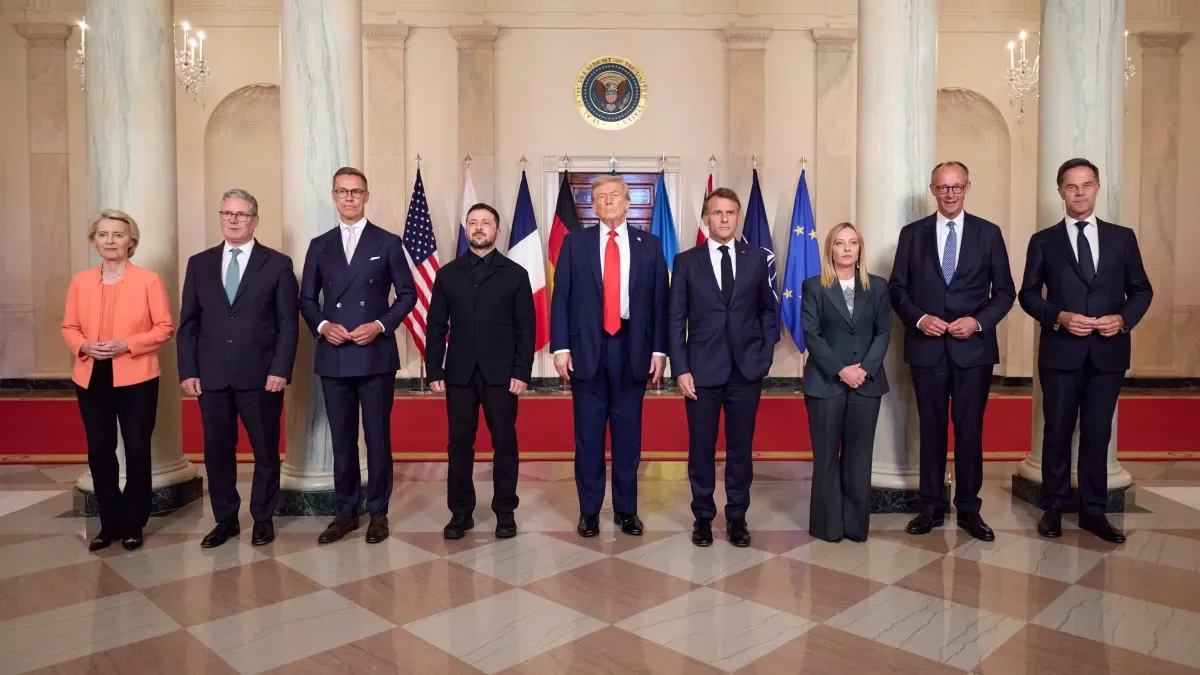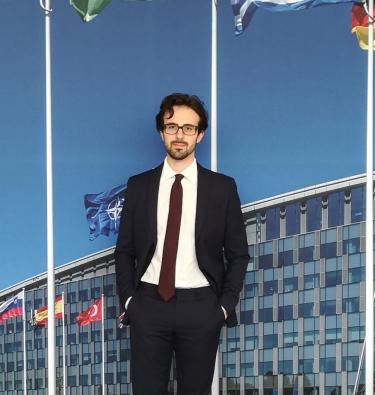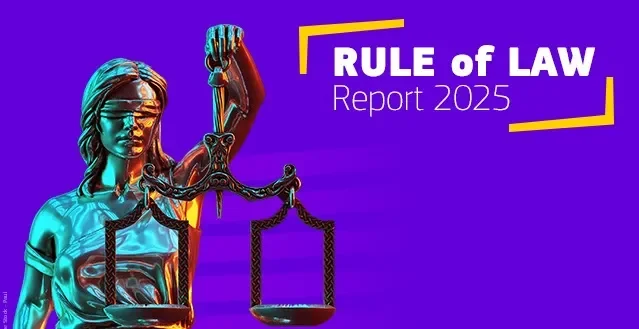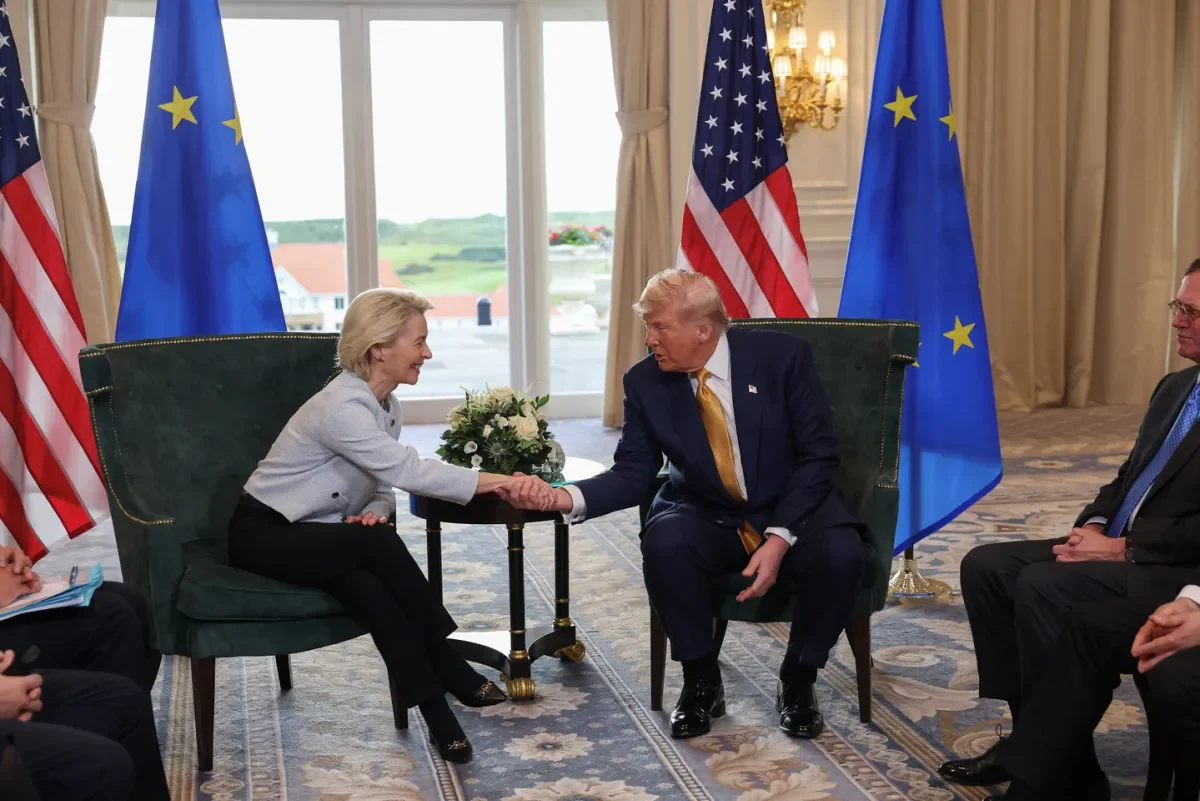
Davide Genini (Dublin City University)
The 15 August 2025 meeting in Alaska marked the first direct encounter between the presidents of the United States (US) and Russia since the outbreak of the war in Ukraine. For President Trump, who made ending the conflict a central campaign promise—at one point pledging to resolve it ‘within 24 hours’—the summit was intended to showcase progress. President Putin, for his part, has long spoken of his desire to reset relations with Washington, though those ambitions effectively froze after his reckless and illegal full-scale invasion of Ukraine. The Alaska Summit was an attempt to revive them, while also serving President Trump’s own goals.
Yet the substance of the discussions fell short. In President Trump’s own words, ‘there’s no deal until there’s a deal’. While he praised the summit as ‘extremely productive’ and claimed that ‘many points were agreed’, he also admitted the absence of progress on the ‘one big’ issue: a ceasefire. President Putin struck a similar balance. On the one hand, he expressed political willingness to pursue a peace agreement and accept security guarantees for Ukraine; on the other, he reasserted the need to ‘eliminate all the primary causes of the conflict’. This formulation of realpolitik, however, would effectively require the sacrifice of Ukraine’s dreams of restoring its territorial integrity and eventually joining NATO—conditions that directly contradict any near-term prospects for compromise. In practice, Putin’s framing turns the language of peace into a vehicle for advancing longstanding Russian demands. This shift helps explain why President Trump ultimately retreated from his earlier tough rhetoric centered on ‘very severe consequences’ for Russia towards acknowledging the need to move ‘directly to a Peace Agreement’, even hinting at ‘possible exchanges of territory, taking into consideration the current line of contact’.
Against this backdrop, the European Union (EU) emerges as the conspicuous absentee. As I have argued elsewhere, the EU today plays a largely marginal role in global geopolitics. Despite committing to higher defence spending—5% of GDP—and concluding a new tariff deal with Washington, the EU has remained politically passive towards the Trump administration’s approach to Ukraine. EU leaders routinely ‘welcome’ Trump’s efforts to end the war, but this sits uneasily alongside their own—and President Zelensky’s—insistence on respect for international law, credible post-settlement security guarantees, and Ukraine’s sovereign right to join both NATO and the EU. That Putin warned European nations and Ukraine not to ‘sabotage’ the Alaska outcomes only reinforces the Union’s waning geopolitical relevance.
European leaders, however, emphasised different priorities. Italy pressed for an Article 5–style security guarantee for Ukraine. Germany insisted on an immediate ceasefire as the essential first step towards a peace deal. France stressed both the mobilisation of troops in Ukraine after any settlement and the need to build a credible Ukrainian army—an effort that would fall primarily to European nations, albeit under US coordination. Commission President von der Leyen focused on the return of abducted Ukrainian children, while the UK and Finland confined themselves to declaring that peace was ‘closer than ever before’ thanks to Trump’s leadership. Yet beneath this rhetoric, the prevailing assessment in Brussels remains closer to that of High Representative Kallas: ‘Russia has no intention of ending this war anytime soon’.
The Alaska Summit also laid bare fragmentation as a structural weakness of the EU. In its aftermath, a joint statement was issued by the European Commission, European Council, France, Germany, Italy, Poland, and Finland—together with the UK. A follow-up meeting in Washington included the Commission, France, Germany, Italy, Finland, the UK, Ukraine, and NATO, while the remaining EU leaders were merely briefed via a European Council video conference. These dynamics highlighted a two-speed Europe: on one side, a ‘coalition of the willing’, first launched by France and the UK in March 2025, bringing together a restricted group of Member States in a new international effort to support Ukraine; on the other, a passive Europe observing events from the sidelines. Hungary epitomises this latter camp, having consistently refused to participate in EU military support efforts and repeatedly obstructed sanctions packages through its veto power. Without unity, the Union cannot speak with a single voice—let alone exercise significant leverage akin to the US on the global stage.
In the end, the Alaska Summit produced no breakthrough in Ukraine–Russia peace talks. Instead, it offered Russia a chance to re-establish channels with Washington after years of sanctions under the Biden administration, while enabling President Trump to reaffirm both his centrality in the conflict and his geopolitical dominance over Europe. Genuine progress, however, can only be measured in a trilateral format that brings Ukraine and Russia to the same table—where the real terms of peace will finally be revealed.

Davide Genini is a PhD candidate in EU Law at Dublin City University. His research focuses on EU-US foreign and security law, defence industrial law and NATO law.



